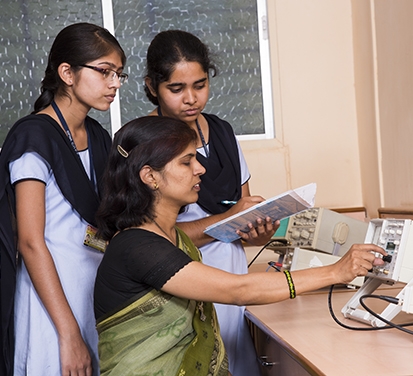Abstract
This paper identifies a series of macro-level tools to create a supportive environment and the resources to promote Sustainable Development Goals (SDGs) related to gender equality. A key argument is that financing for gender equality can be self-sustaining because of the feedback effects from gender equality to economy-wide well-being. Among the tools related to targeted government spending are demand-stimulating macroeconomic policies to promote full employment and public investment. Two types of public investment are explored. Physical infrastructure investment, such as spending on clean water, sanitation, and health clinics, can reduce women’s unpaid care burden. Social infrastructure investment, defined as investment in people’s capabilities, refers to the fundamental social, intellectual, and emotional skills and health of individuals—or level of human development—a country relies on for its economy to function. Both types have a public goods quality in that they generate positive spillover effects on economy-wide productivity. Financing for gender equality in these areas is more properly seen as an investment that yields an income stream in the future, as a result of the beneficial development and growth effects. As a result, both physical and social infrastructure spending have the ability to create fiscal space. Additional sources of financing for gender equality are discussed, including taxation of the financial sector. Monetary policy can also be harnessed to promote gender equality. A much wider range of policy tools are available to central banks than are now used. These include capital management techniques, asset-based reserve requirements, and loan guarantees in order to overcome women’s lack of legal title to assets. The review of monetary policy tools here also suggests that emphasis on low inflation via the policy interest rate is problematic on two counts. First, higher interest rates dampen aggregate demand and thus employment. Second, the policy interest rate failures to address the underlying causes of inflationary pressures in many countries. Those pressures are often best dealt with through targeted fiscal policies in education, health care, and investment in strategic sectors, such as agriculture and infrastructure. Government and central banks cannot adequately pursue these goals without changing their composition. The lens for identifying appropriate public investment projects and credit targets needs to be gendered and ethnically representative, underscoring the important role of affirmative action in private and public decision-making bodies.



